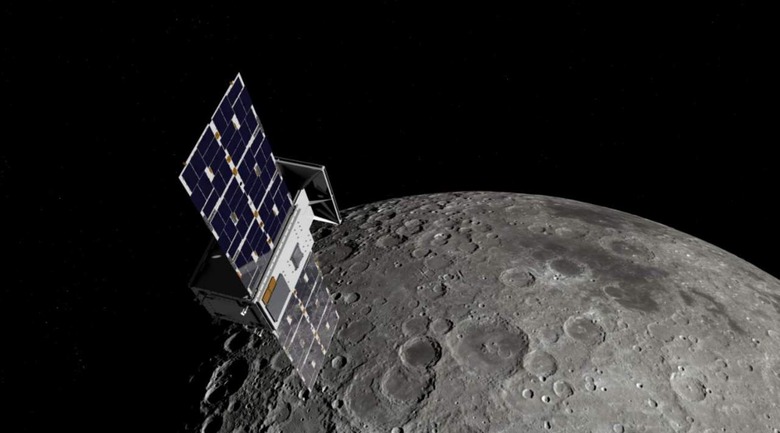Rocket Lab To Send NASA's CAPSTONE Mission To The Moon
Rocket Lab is a company that uses small rockets to place light payloads into orbit using the Electron launch vehicle. The company has announced that it will be launching a mission for NASA to the moon from its launch site in New Zealand. Currently, the launch is scheduled to happen sometime in Q4 2021.The launch will put a NASA mission called CAPSTONE (Cislunar Autonomous Positioning System Technology Operations and Navigation Experiment), a 55-pound satellite built by Advanced Space, into orbit. The satellite will serve as the first spacecraft to test the unique elliptical lunar orbit. The mission is a precursor mission for Gateway and other Artemis mission elements. Artemis is NASA's mission to put humans back on the moon for the first time since the Apollo era.

Artemis will also place the first woman and the first person of color on the moon while seeking to establish a long-term presence on Earth's satellite. CAPSTONE is meant to help reduce the risk for future spacecraft by validating the navigation technologies and dynamics required for the new elliptical orbit around the moon. Rocket Lab notes the mission is the first time it will use its Photon spacecraft platform for the trans-lunar injection stage, placing a satellite on a trajectory to enter lunar orbit.
Rocket Lab says Photon will separate and use its HyperCurie engine to provide propulsion allowing CAPSTONE to leave Earth orbit and head towards the moon. After Photon deploys the NASA satellite, it will continue on its trajectory for a lunar flyby with CAPSTONE using its propulsion system to enter the novel cislunar orbit.
It will take between three and four months for CAPSTONE to reach the moon it enter its near rectilinear halo orbit. The orbit is unique because it's highly elliptical and moves over the moon's poles with an unobstructed view of Earth. CAPSTONE will conduct its six-month primary mission validating propulsion requirements for maintaining that orbit. It's also designed to test a new spacecraft-to-spacecraft navigation solution.
